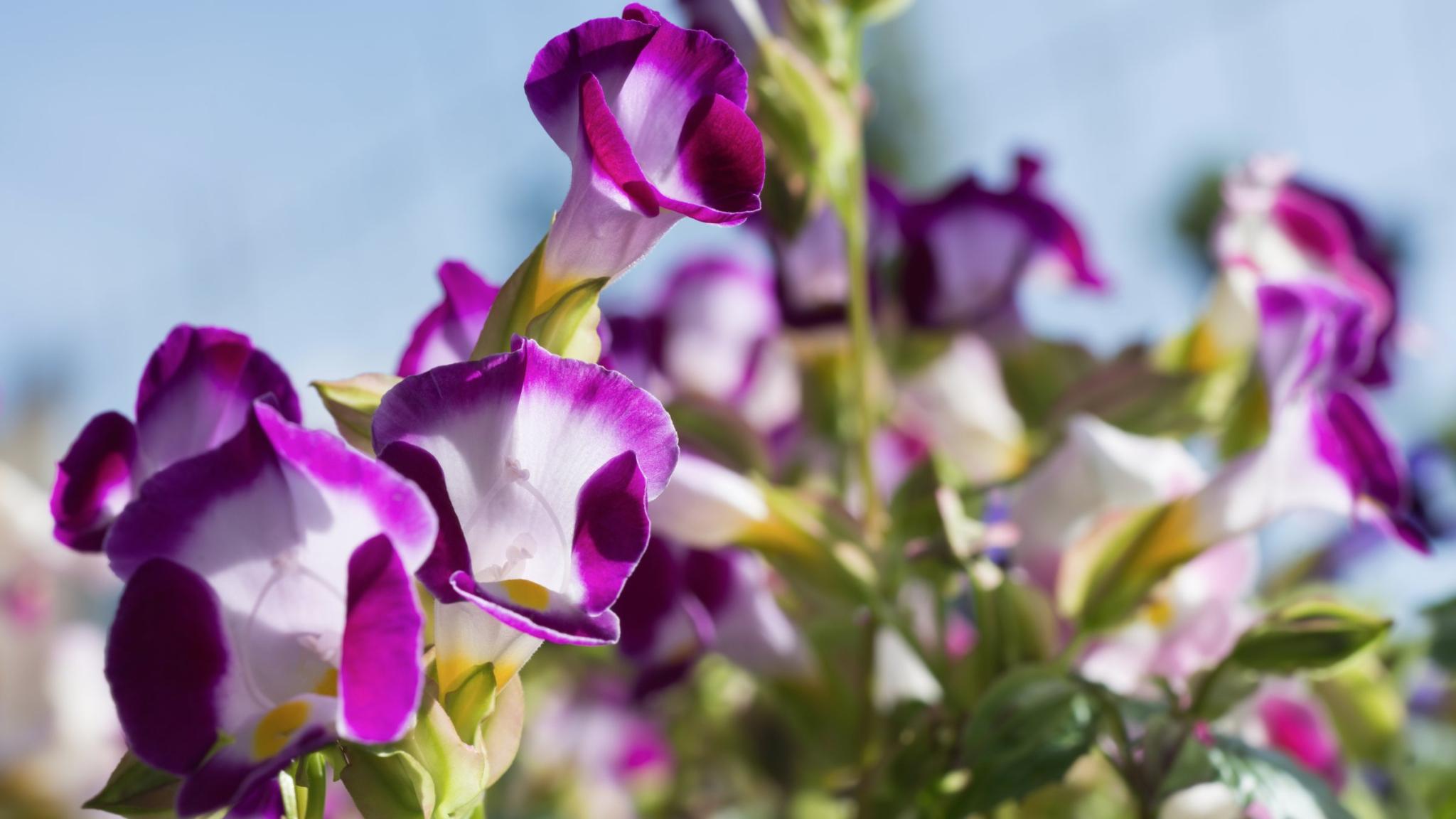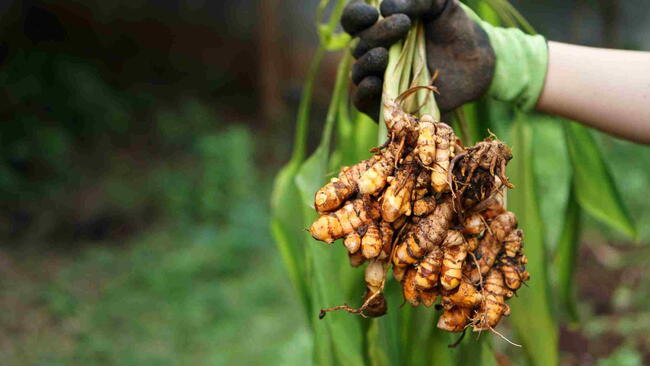
Photo Credit
Lin Mei Chin
Subhead
Planting, Growing, and Caring for Wishbone Flowers
Read Next
Types
- ‘Moon’ series (T. fournieri): purple and yellow shades
- ‘Panda’ series(T. fournieri): wide range of colorful flower hues; compact, at 4 to 8 inches tall
- ‘Summer Wave’ series (T. fournieri): tolerant of heat and drought; blue, rose, silver, and violet shades











Comments